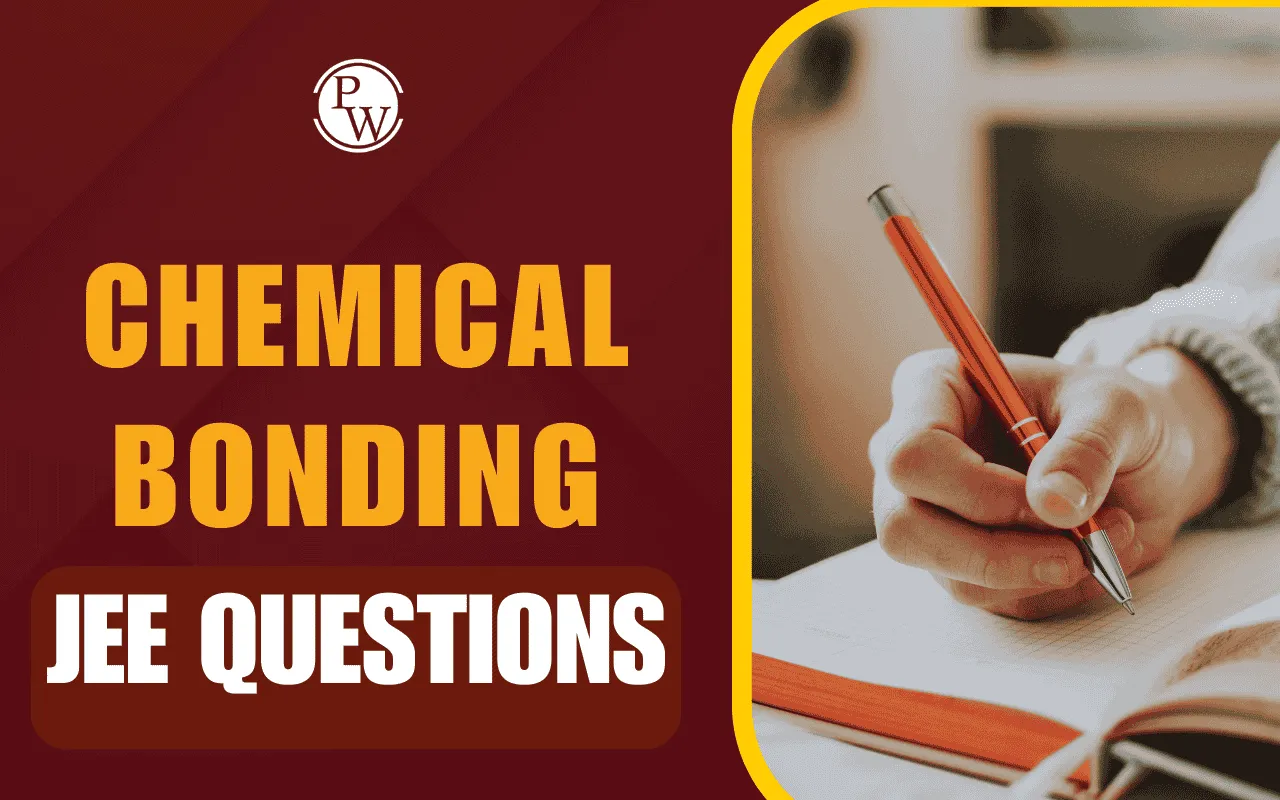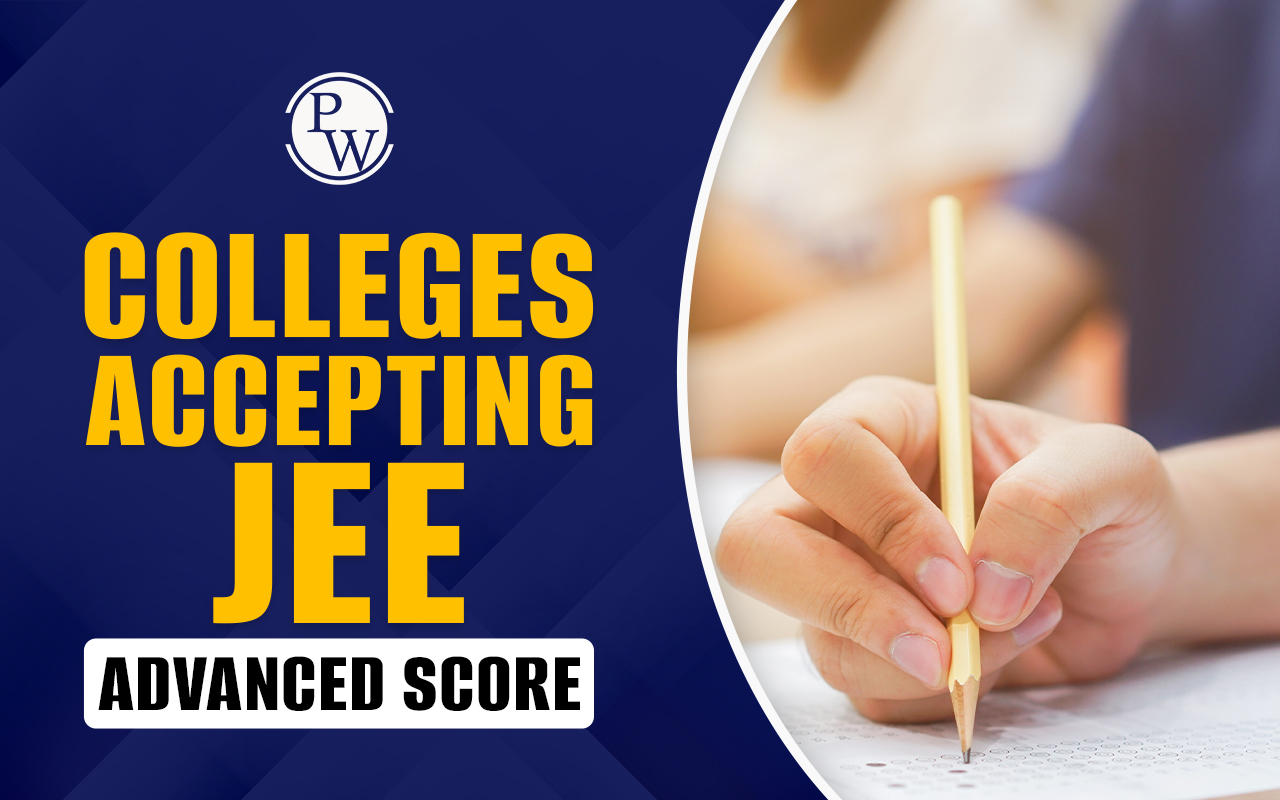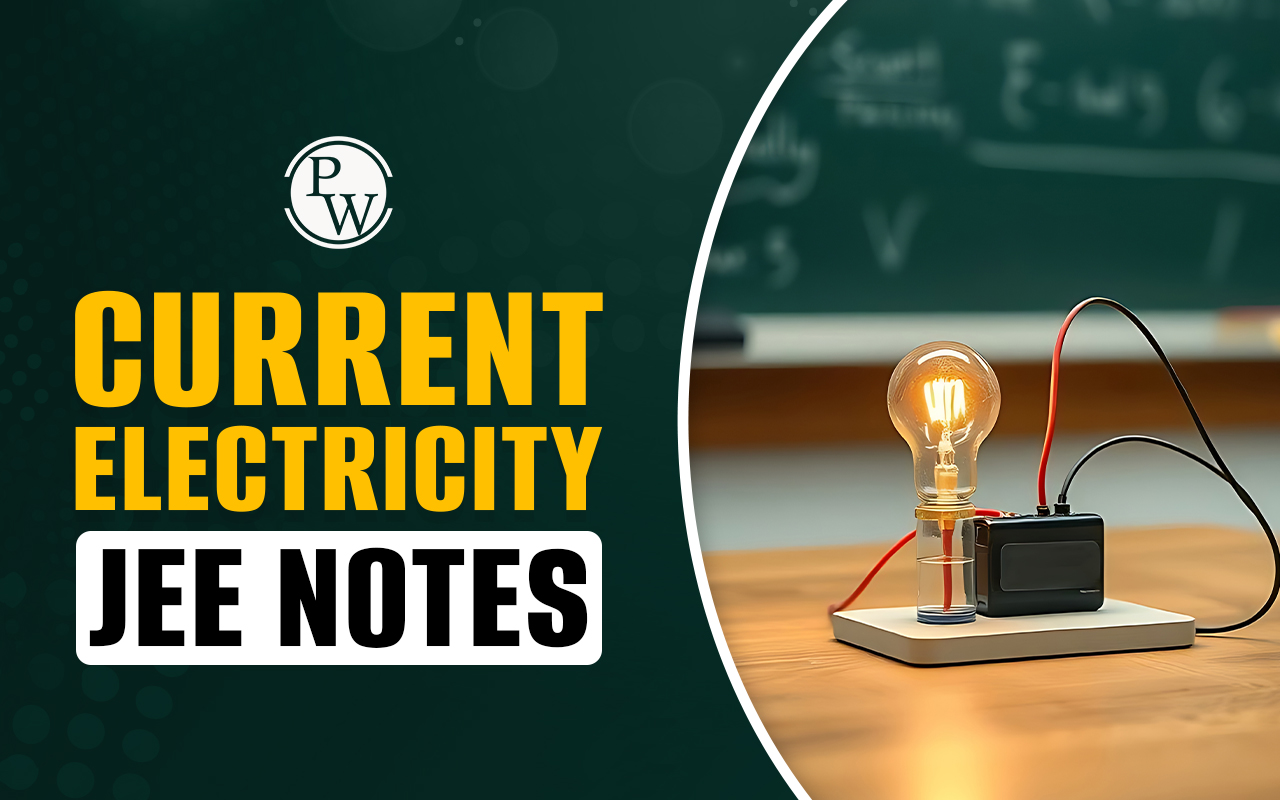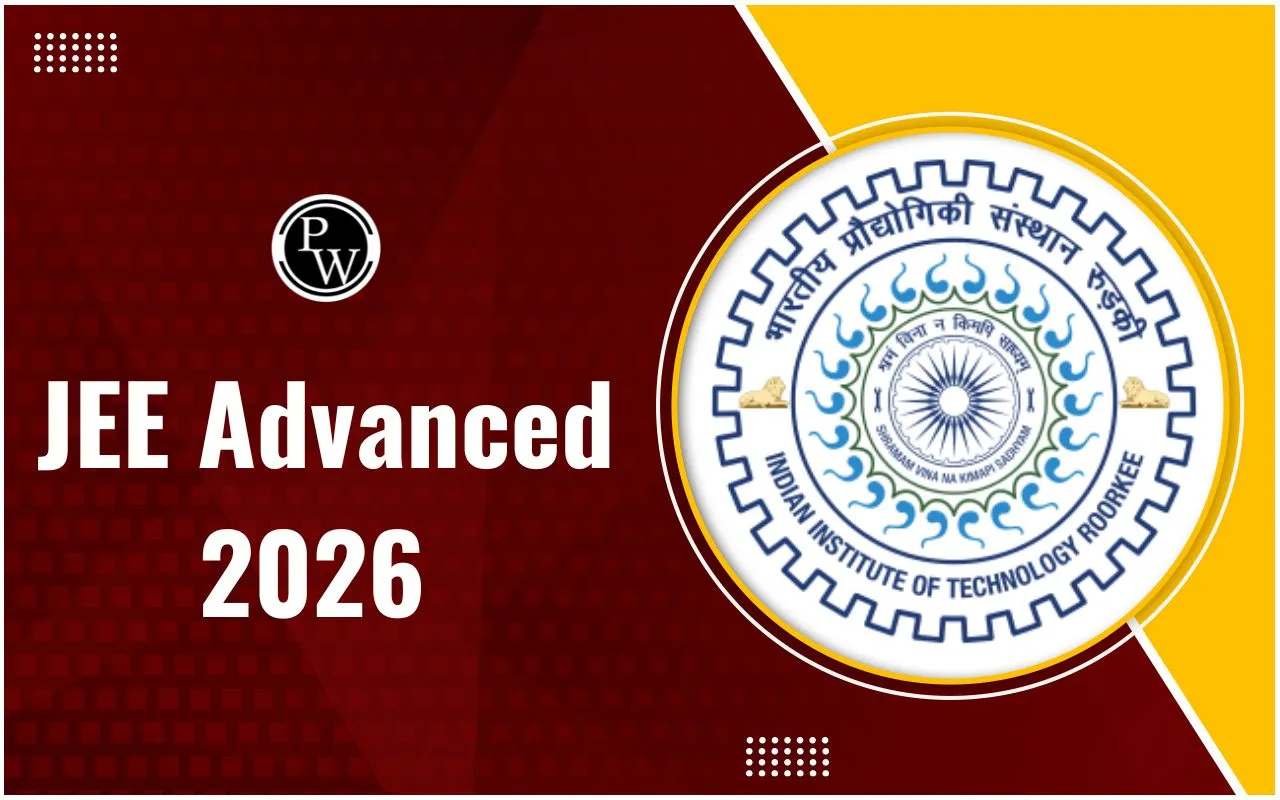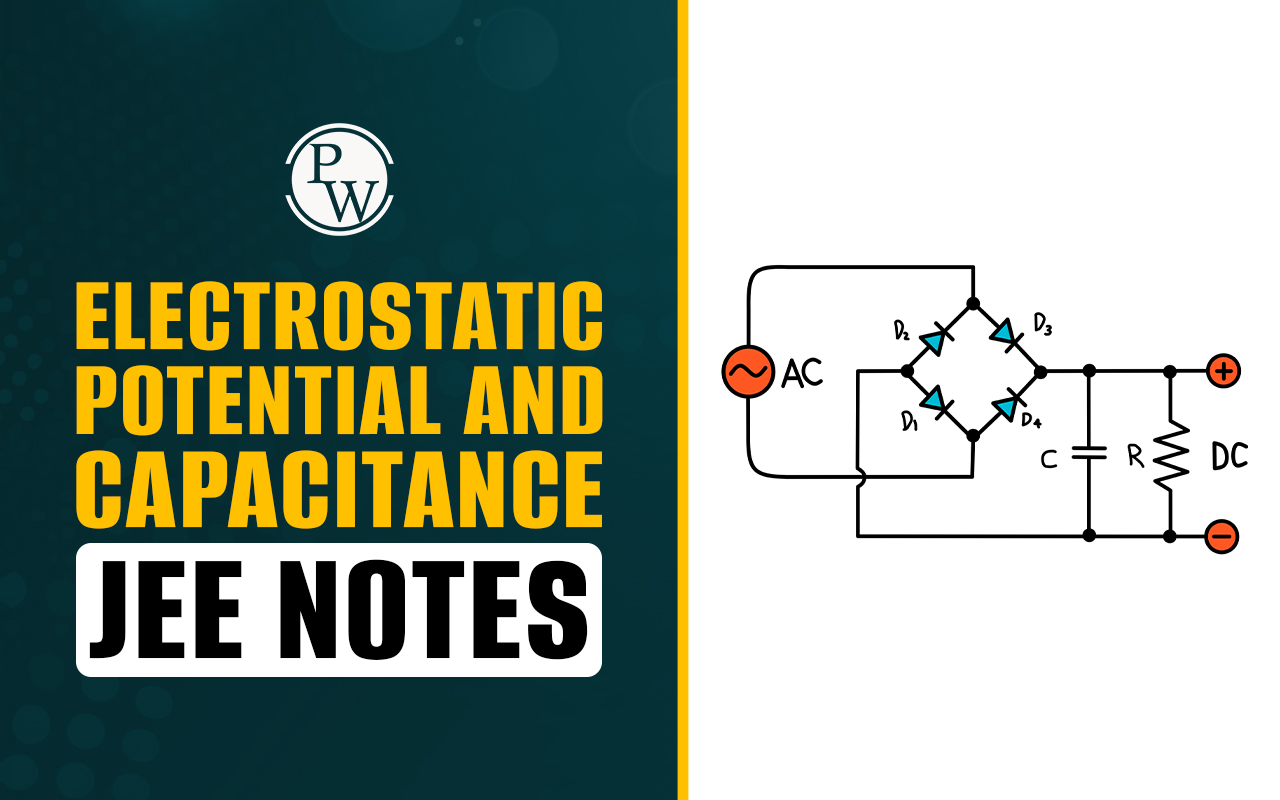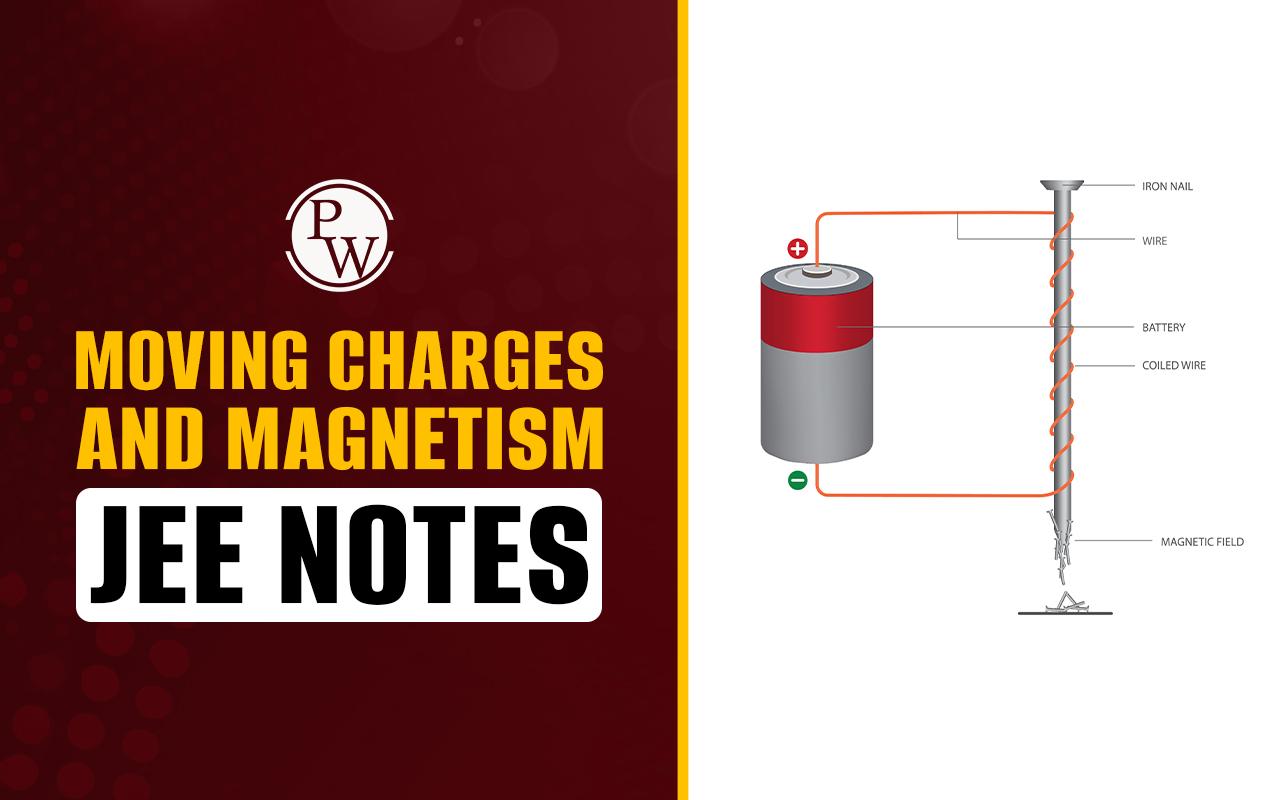
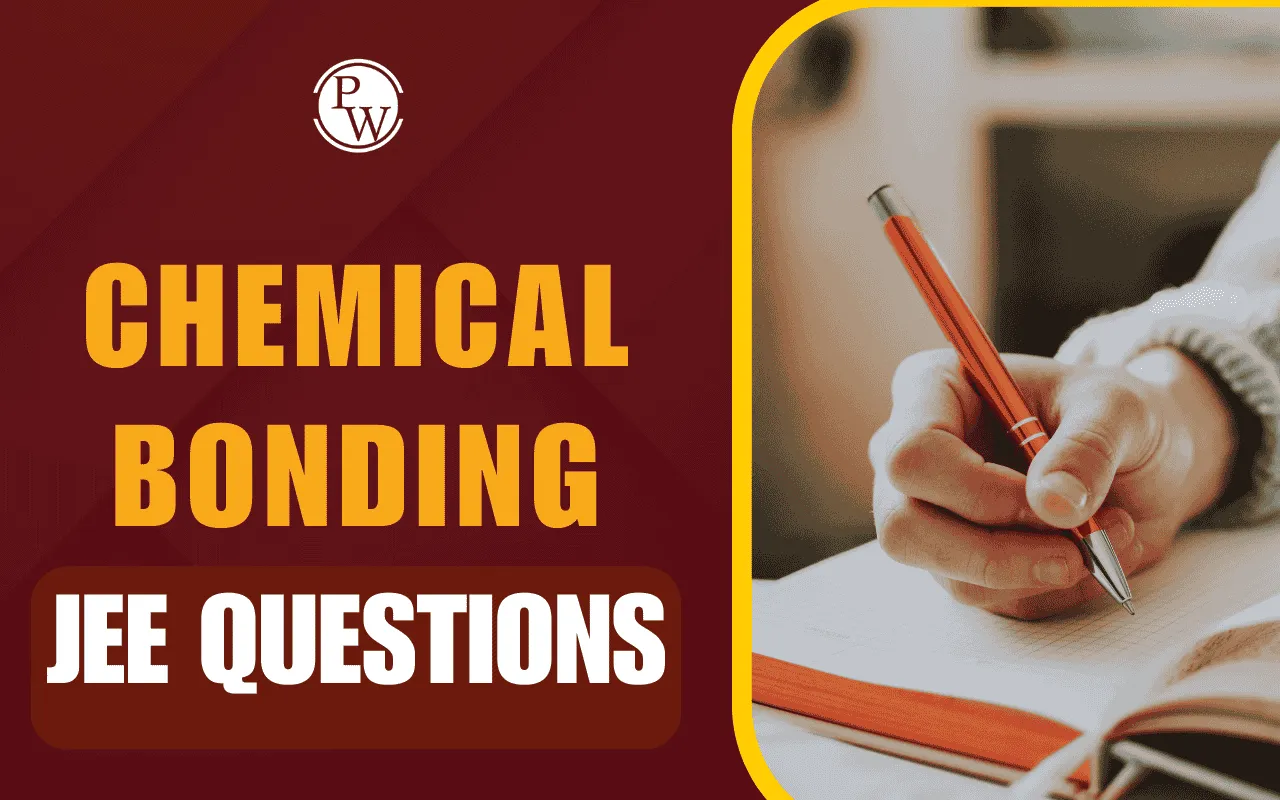
Chemical Bonding JEE Questions are of significance for the candidates who are preparing for the JEE Main and JEE Advanced examinations. These JEE Questions cover the basic topics as well as improve the problem-solving ability of the candidates. The candidates who want to score good marks in the JEE 2026 exam and also get an assurance of confidence need to practice more and more Chemical Bonding JEE Questions.
Practice of chemical bonding JEE Main questions and JEE Advanced bonding questions topic-wise will help to improve the speed and accuracy, as you are solely focusing on the relevant topics. Therefore, it is of no surprise that the chemical bonding is one of the most important topics for JEE Aspirants who want to rank high in the examination.
Chemical Bonding JEE Questions Overview
Chemical Bonding JEE Questions majorly covers the topics related to ionic bonds, covalent bonds, Lewis structures, molecular geometry, hybridization, bond energy, polarity, and intermolecular forces. The types of JEE Questions asked are multiple-choice questions, assertion-reason questions, and numerical problems, etc.
The JEE Main chemical bonding questions are of moderate difficulty level but need a sound conceptual clarity. However, JEE Advanced bonding questions are more difficult as compared to the JEE Main questions and require strong analytical and application skills.
Practice Important Chemical Bonding JEE Questions
Candidates who are aiming for a high score in JEE should regularly solve important chemical bonding JEE Questions from all the topics of the subject. Solving these JEE Questions for practice will help you:
1. Which of the following is incorrectly matched for given species?
-
XeO3 : Three (pπ–dπ) bonds
-
H2SO3 : One (pπ–dπ) bond
-
SO3 : Three (pπ–dπ) bonds
-
HClO3 : Two (pπ–dπ) bonds
2. Which of the following pairs of ions are isoelectronic and isostructural?
(I) CO3²⁻ , NO3⁻
(II) ClO3⁻ , CO3²⁻
(III) SO3²⁻ , NO3⁻
(IV) ClO3⁻ , SO3²⁻
-
I, III
-
I, III
-
I, IV
-
II, IV
3. According to VBT, which of the following possible overlapping results in π-type covalent formation bond in O2 molecule when Z-axis is internuclear axis?
(I) 2s – 2s
(II) 2px – 2px
(III) 1s – 1s
(IV) 2py – 2py
(V) 2pz – 2pz
-
I, III only
-
II, V only
-
II, IV only
-
IV, V only
4. State of hybridization of sulphur, carbon-1 and carbon-2 in F3S–C≡C–F are, respectively
-
sp³, sp³, sp³
-
sp³, sp², sp³
-
sp³d, sp, sp³
-
sp³, sp, sp³
5. Which one of the following pairs of species have identical shapes?
-
NO2⁺ and NO2⁻
-
PCl5 and BrF5
-
XeF4 and ICl4⁻
-
TeCl4 and SeO4
6. Which of the following molecular ion has trigonal pyramidal shape?
-
NO2⁺
-
ClO2⁻
-
H2PO2⁻
-
SO3²⁻
7. Which of the following structures of (CN)2²⁻ is incorrect?
-
²⁻ :N–C≡N:
-
⁻:N≡C–N≡:
-
:N≡C–N²⁻:
-
:N≡C–N≡:⁻
8. Which of the following molecule does not have trigonal bipyramidal electronic geometry?
-
PCl5
-
XeOF2
-
XeOF4
-
SF4
9. How many maximum number of atoms are present in the same plane in PF5 molecule?
-
Fve
-
Four
-
Two
-
None of these
10. Which of the following molecules does not have N–N bond (any single or multiple bond)?
-
N2O
-
N2O3
-
N2O5
-
N2O4
11. Which of the following does not have bond angle 109°28’?
-
NH4⁺
-
CCl4
-
SF4
-
CF4
12. Molecule AX4 have all bond angles equal and molecule is non-polar also, then which of the following conclusion is incorrect?
-
A molecule may be tetrahedral.
-
Molecule may be square planar.
-
Central atom ‘A’ must have at least six valence electrons.
-
Central atom ‘A’ has either zero lone pair or two lone pairs
- Watch Chemical Bonding Question Practice Video on YT
Chemical Bonding JEE Questions PDF
You can download the Chemical Bonding JEE Questions PDF for effective practice. This PDF includes topic-wise questions, previous years’ JEE Main and Advanced problems, and detailed solutions. Practicing with this PDF helps you revise quickly and track your progress anytime, making it a valuable resource for JEE 2026 preparation.
Chemical Bonding JEE Questions PDF with Solution
Practice with Free PDF
Chemical Bonding JEE Questions FAQs
Which topics are generally asked in Chemical Bonding JEE Questions?
What is the best way to improve my chemical bonding score in JEE?
Is the difficulty level of chemical bonding questions in JEE Advanced higher than in JEE Main?
Where can I get a good Chemical Bonding JEE Questions PDF?
How frequently should I practice chemical bonding questions for JEE?

